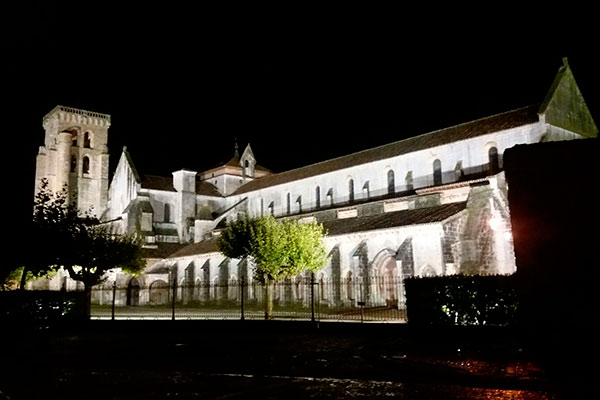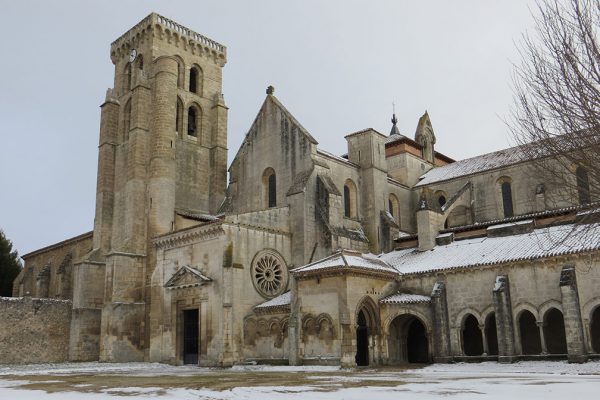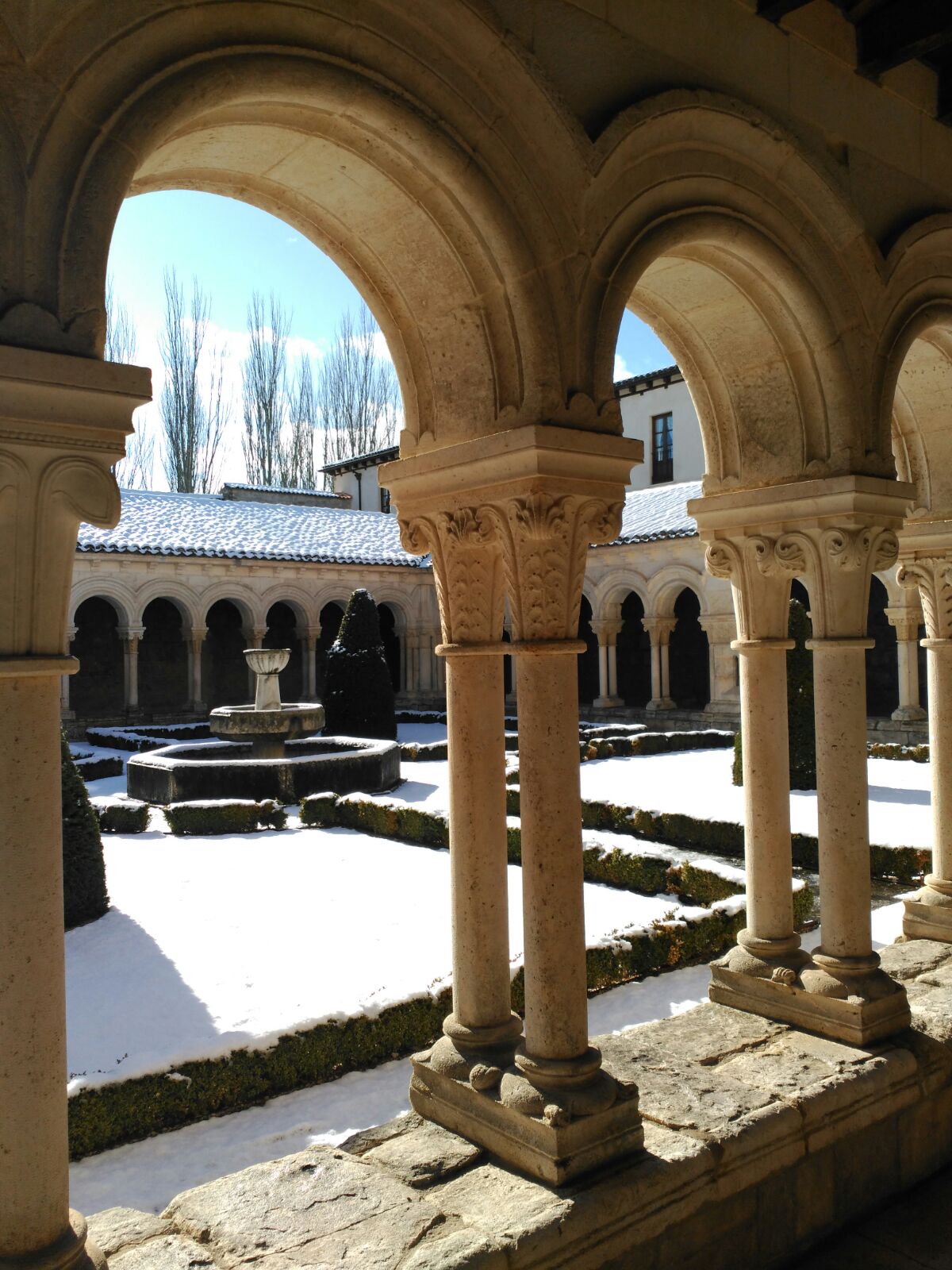King Alfonso VIII and his wife Eleanor of Plantagenet founded this monastery in 1187. The kings also decided to be buried here, together with some of their descendants. The Monastery of Las Huelgas is a Royal Pantheon.
The first nuns arrived from the Monastery of Santa María de la Caridad de Tulebras (Navarre), where the first female Cistercian monastery on the peninsula had existed since 1157.
The abbess of Las Huelgas enjoyed such a high degree of autonomy and power that she was above the episcopal curia, depending directly on the Pope.
Also, during the Middle Ages, important ceremonies such as the crowning of kings and the arming of knights took place in this monastery. Among the knights armed before becoming kings were Fernando III the Saint, Edward I of England, Alfonso XI, Pedro I (who was also born in the defensive tower of the building) and Juan II. The kings crowned here were Alfonso XI and his son Enrique II of Trastámara.
Inside, there is a magnificent Romanesque cloister from the 12th century and another Gothic cloister from the time of King Ferdinand III the Saint. It also has the most important Museum of Medieval Fabrics in Spain.



